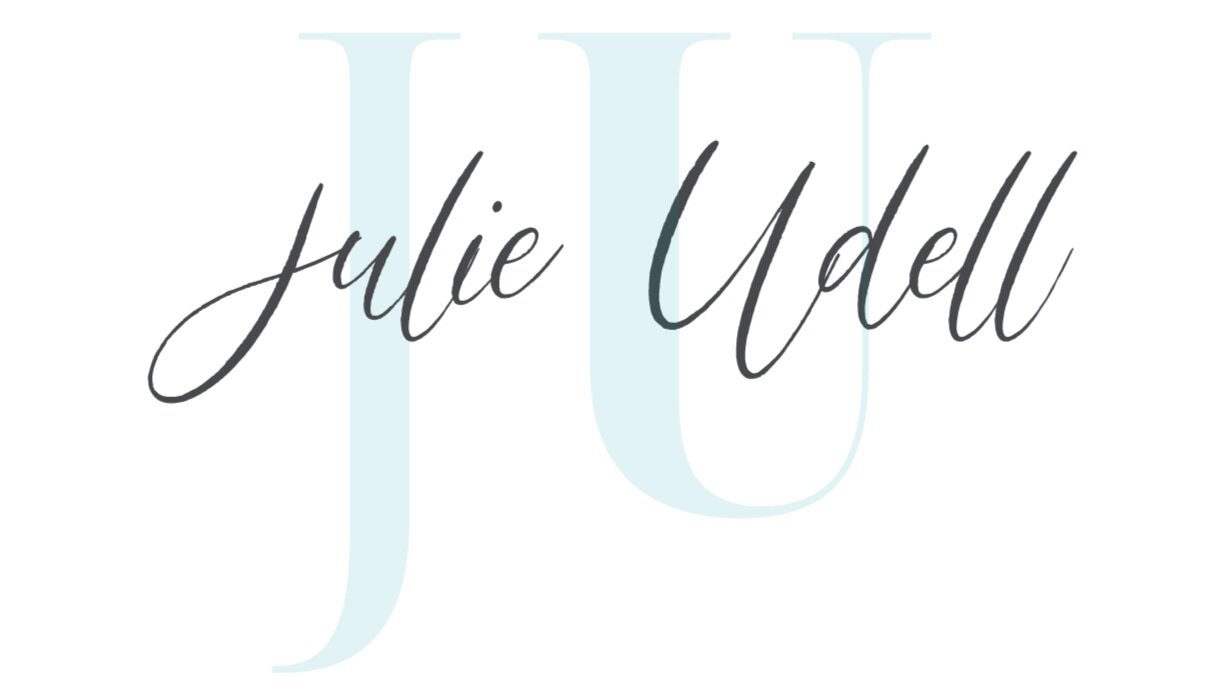Do You Know What to Wear to Work?
As we transition back into the work place, attending business functions, meeting clients in the field it is important to revisit our wardrobes to ensure we are showing up on brand looking our best.
Before millions of us worked from home, jumping on calls in our sweatpants and hoodies, most of us went to work in some sort of office setting. With few exceptions those settings had a business dress code. There are roughly five different types of dress codes in the business world.
1. Business Formal. This is reserved for very formal settings such as rewards ceremonies, benefits, and special evening events. Business formal is like “black tie” with professionalism maintained. You may wear a dark pants suit, suit and tie, black suit with a light button down, skirt suit or suit dress. Sometimes an evening dress is appropriate, shoes can be formal flats, heels, oxfords, or loafers. Accessorize with jewelry, belts, tie clip, and small cuff links.
2. Business Professional. Here we see a more conservative dress, the company most likely has a dress code in place with specific requirements. You see these more stringent dress codes in business such finance, banking, accounting firms, government, or law offices. Business professional should be well fitted and tailored. You can wear professionally tailored dresses, trousers, skirts, dark colored suits and ties for men. Shoes should be close toed; heels, loafers, or flats, and minimal accessories.
3. Business Casual. This is the most common form of dress worn in many businesses, and can be appropriate for many interviews, client meetings and office settings. It’s the line between not very casual and not very formal. Various forms of business casual may include skirts, slacks, trousers, blouses, collared shirts, sports coats, blazers and sweaters. You may accessorize with ties, scarves, simple jewelry belts and jackets. Shoes can be lifestyle sneakers (leather or canvas) brogues, flats, heels, boots, and sometimes sandals in the summer months.
4. Smart Casual. This is another form of business casual with a stylish angle. This is where you bring in trendy items of clothing. Think items that “pop” or stand out from the ordinary. Smart casual is appropriate in settings that are more flexible. Same attire as business casual, with a fashion forward, stylish, and contemporary twist.
5. Casual. This type of attire is informal clothing that you might wear at the office and would also wear in many settings outside of work. This is where others are wearing tee shirts, jeans and open toed shoes. Many tech companies transitioned into this casual dress code or other environments that support “Casual Friday”. They include items such as tee shirts, button down shirts, sweaters, and blouses on top. With jeans, khakis, linen pants, cropped pants or shorts on bottom. Casual shoes include sneakers, loafers, low heels, or sandals. Remember to up you dress code when meeting clients and in interviews. Also watch what the executives are wearing. If they have upped their dress code, you may want to as well.
As we transition back to the office and work place it’s a good idea to revisit your wardrobe and what your businesses dress requirements are. Perhaps a closet edit is in need. A shopping trip to update and boost some of those basics. Or maybe a complete re-haul!
Many companies have changed their dress code requirements and have gone more casual does your wardrobe match?
I am happy to help. Everyone should feel Comfortable, Confident, and Styled!
Have a Styling Day!
xoxo





